
Ramadan is considered as the ninth month in the Islamic calendar. Muslims fast from dawn to dusk in Ramadan and engage in the spiritual reflection of God. It is one of the most easily identifiable aspects of religion. Fasting is the avoidance of food and drink. Ramadan fasting is a special part of the Islamic faith. Also, it is considered as one of its five pillars. It is a time when rewards for fasting and worship are bountiful. Ramadan around the world is much more than fasting. It is a holy month ingrained in faith, culture and history.
Throughout the world, Muslims celebrate this unique and special time by amazing and marvellous celebrations of their region that have passed through generations. Here are some traditions and celebrations of Ramadan around the world.
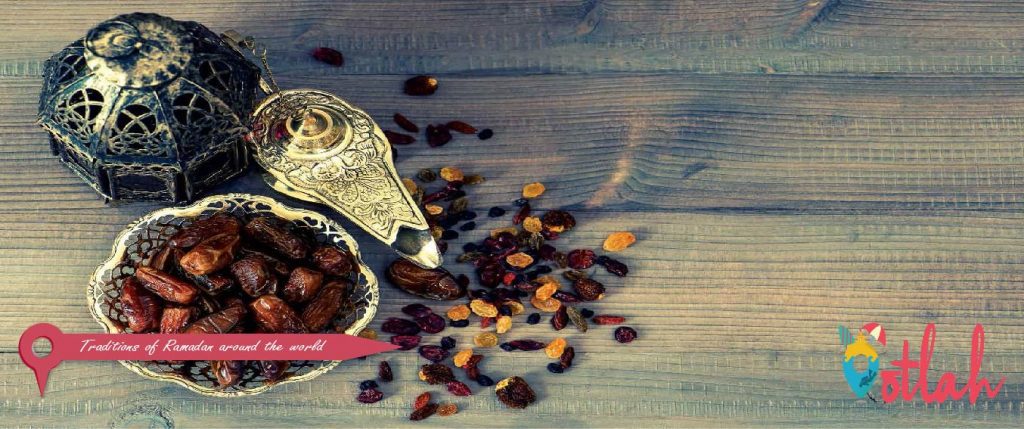
Usually, the beginning of the month is greeted with greetings such as “Ramadan Mubarak!” One of the distinguishing features of the month of Ramadan is nightly prayer in the mosque called “Taraweeh”.
Ramadan nights tents are increasingly common in five-star hotels that offer luxury and expensive meals from sunset to sunrise.
People like to celebrate this holy month by being together in some of these tents eating and listening to traditional music.
Another feature of Ramadan is the evening television programs. Each country display some series, that are made especially for Ramadan. There are different ways to celebrate Ramadan around the world.
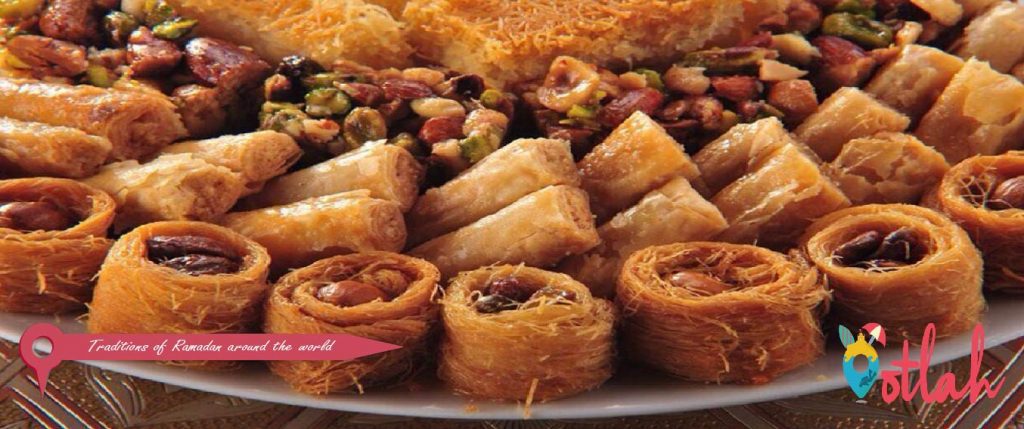

Muslims throughout Indonesia perform various rites to “purify” themselves the day before Ramadan. Many areas in Central and Eastern Java.
It retains a tradition of cleansing called padusan which means “bathing” in the Javanese dialect, where the Javanese drown in the springs and soak their bodies from head to toe.
Padusan is a testimony to the synthesis of religion and culture in Indonesia. Springs have deep spiritual significance in the Javanese culture and are an integral part of cleansing for the holy month.
The practice is believed to have been published by Wally Sungu, a group of exalted priests who were the first missionaries to transmit Islamic teachings via Java.
For years, it has been common practice for local elders and religious leaders to choose and designate sacred springs for padusan. Nowadays, many go to nearby lakes and pools or purify themselves in their homes.


During the month of Ramadan, Moroccan neighbourhoods roam the streets by the Nafar.
A city crier, wearing a traditional scarlet, slippers and a hat, representing the beginning of the dawn with a melody.
Chosen by the inhabitants of the city because of his sincerity and sympathy, walking in the street while blowing a horn to awaken them for Suhoor.
This tradition, which spread throughout the Middle East to Morocco, dates back to the seventh century when one of the companions of the Prophet Muhammad (PBUH) walked in the streets at dawn to sing the Muslims prayers.
When the music of Nafar swept through the city, it was met with gratitude, thanks and official compensation from the community on the last night of Ramadan.
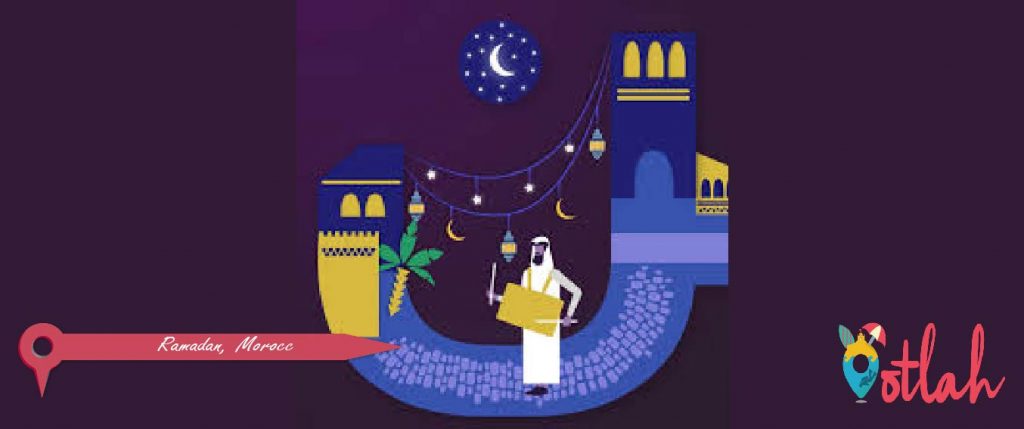

Since the days of the Ottoman Empire, fasting people have awakened during the month of Ramadan to the sound of the drum which strikes early on the suhoor.
Despite the passage of time (especially the invention of the alarm clock), still, more than 2000 drum musicians roam the streets of Turkey, uniting the community during the holy month.
The medallions are decorated in traditional Ottoman costumes, including a fez and a jacket decorated with traditional motifs.
While walking with the davul (Turkish drum with two heads), Ramadan drums rely on the generosity of the population to give them tips (some money) or even invite them to participate in the suhoor meal.
This tip is usually collected twice in the holy month, with many donors believing that they will have a good fortune for their kindness.
Recently, Turkish officials have presented a membership card to drum performers in order to instil a sense of pride for those who play and to encourage the young generation to keep this old tradition alive in a growing capital.
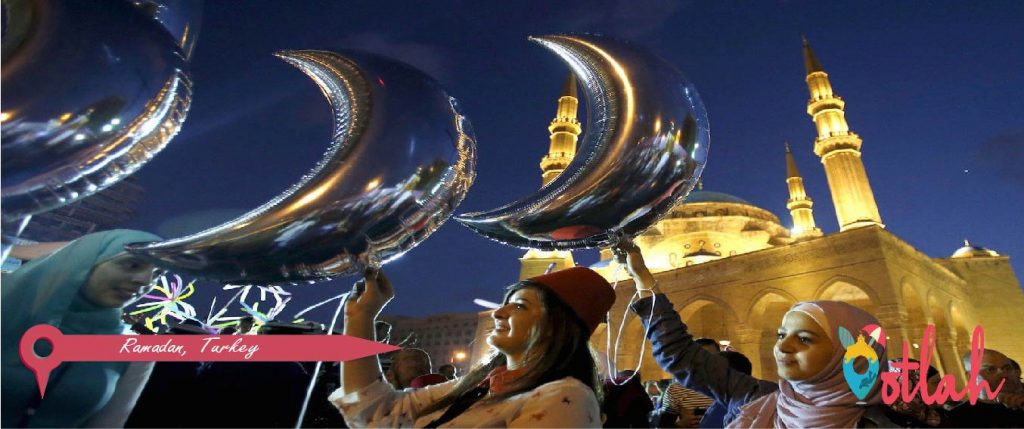

In Egypt, a popular scene in Ramadan is a lantern called “fanoos”, which is often centred on an iftar table and can be seen hanging in windows and balconies.
Every year, Egyptians welcome Ramadan with colourful fanoos, the intricate lanterns that symbolize unity and joy throughout the holy month.
Although this tradition is more cultural than religious, it has become strongly associated with the holy month of Ramadan, with spiritual significance.
Today, fanoos are often incorporated into other local traditions. For example, during Ramadan, children walk in the streets with their fanoos, singing happily, asking for gifts and sweets.
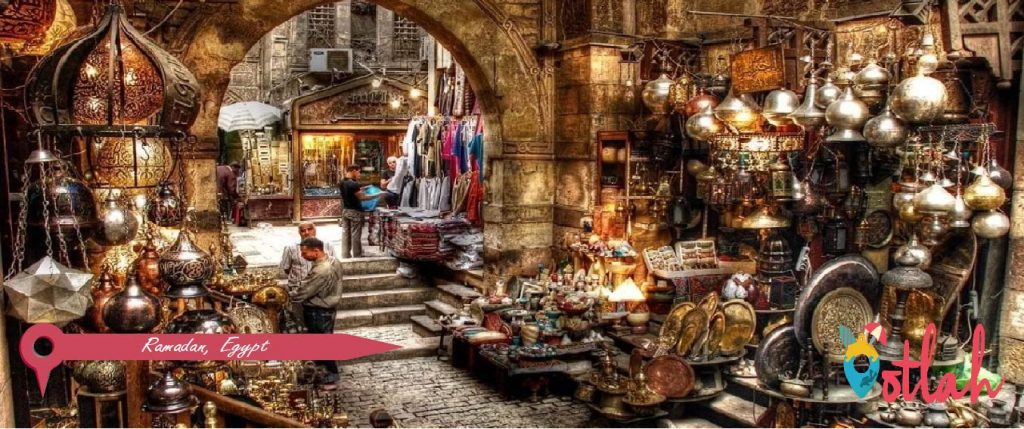
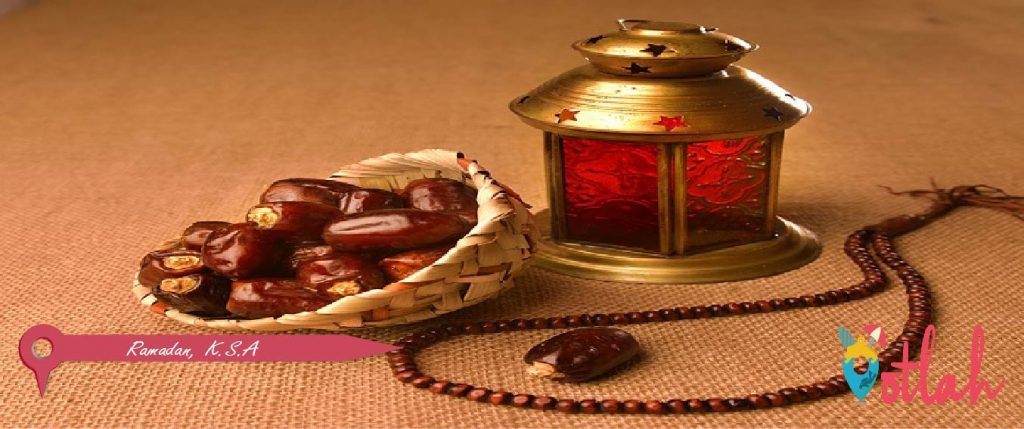
In the Arabian Gulf, wealthy sheikhs hold councils “majlises” where they open their doors to people to spend the night eating some food or having some tea or coffee and also having an exciting conversation.
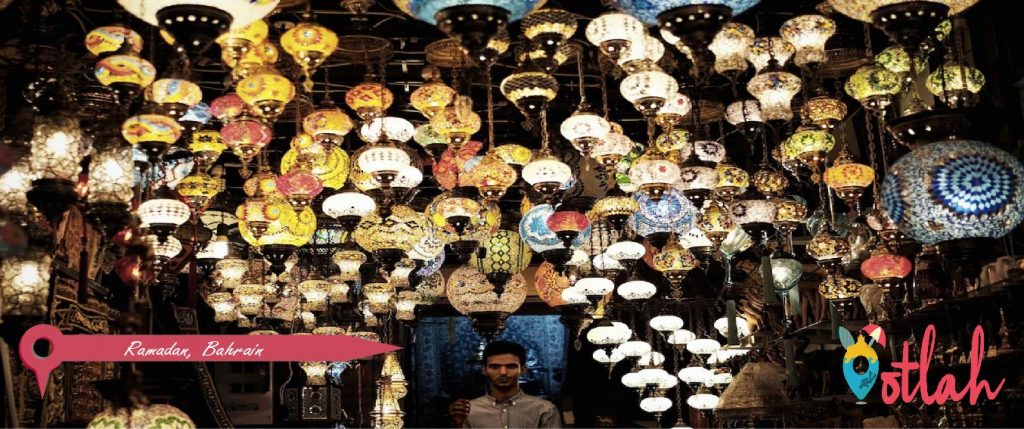
Check this for more knowledge about traditions around the world:
Tribal lifestyle: the life of the Tuareg